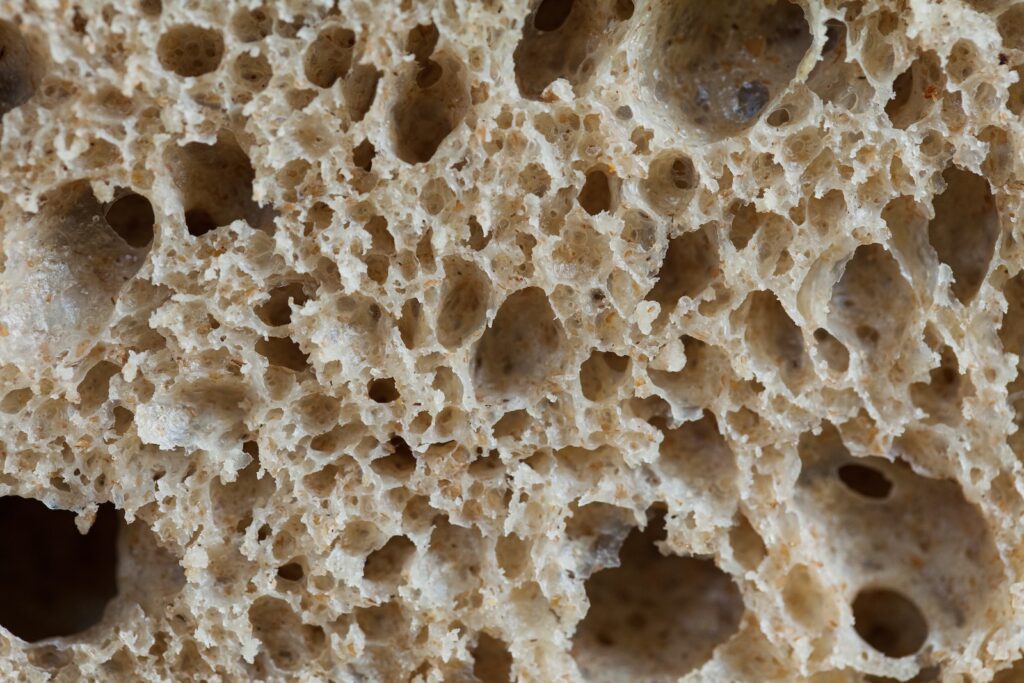If you’re someone who loves the classic taste of fish and chips but needs to follow a gluten-free diet, you might be wondering how to recreate this beloved dish without the use of traditional wheat flour. Luckily, there are a few simple substitutions and modifications you can make to achieve a delicious gluten-free version. By using alternative flours such as rice flour or cornstarch, and experimenting with different coatings and batters, you can create a gluten-free fish and chips that is just as crispy and flavorful as the original. In this article, we will explore some of the best tips and tricks for making a gluten-free version of this iconic dish, so you can satisfy your cravings without compromising your dietary needs.
Table of Contents
Choosing the Right Ingredients
Selecting Gluten-Free Fish
When it comes to making a gluten-free version of fish and chips, the first step is to choose the right fish. Luckily, many types of fish are naturally gluten-free. Some popular gluten-free fish options include cod, haddock, pollock, and halibut. These fish are not only delicious but also have a firm texture that works perfectly for fish and chips. Make sure to check with your local fishmonger or seafood market to ensure that the fish you’re buying is indeed gluten-free.
Choosing Gluten-Free Breading
To create a crispy and flavorful coating for your fish, you’ll need to choose a gluten-free breading. Fortunately, there are several gluten-free breadcrumb options available in the market today. Rice flour, cornmeal, and gluten-free breadcrumbs made from alternative grains like quinoa or amaranth are excellent choices. They provide a lovely texture and can absorb flavors well. Experiment with different gluten-free breading options to find the one that suits your taste best.
Finding Gluten-Free Potato Options
Fish and chips wouldn’t be complete without a side of golden, crispy fries. While potatoes are naturally gluten-free, the preparation process can sometimes introduce gluten. To ensure your chips are gluten-free, opt for fresh potatoes instead of pre-packaged frozen fries. Wash and cut the potatoes into desired sizes, keeping in mind that thicker cuts often result in chunkier chips, while thinner cuts yield crispier chips. Additionally, make sure to use gluten-free cooking oil for frying or baking the chips. This way, you can enjoy a delicious plate of gluten-free fish and chips without any worries.
Preparing the Fish
Cleaning and Cutting the Fish
Before cooking your fish, it’s essential to clean it thoroughly. Rinse the fish under cold water to remove any scales, slime, or debris. Pat it dry with a paper towel to remove excess moisture. Some fish may require additional cleaning, such as removing bones or skin. Once your fish is clean, it’s time to cut it into portions suitable for frying. Cut the fish into fillets or fish sticks, depending on your preference and the desired presentation.
Using a Gluten-Free Marinade
To add an extra punch of flavor to your fish, consider marinating it with a gluten-free marinade. A simple marinade can be made by combining gluten-free ingredients such as lemon juice, olive oil, garlic, herbs, and spices. Allow the fish to marinate for at least thirty minutes to let the flavors infuse. Not only will this step enhance the taste of the fish, but it will also help keep it moist during the cooking process.

Making Gluten-Free Batter
Choosing a Gluten-Free Flour
Creating a gluten-free batter is crucial to achieving the perfect texture for your fish and chips. Luckily, there are various gluten-free flour options available that work well in batters. Rice flour, chickpea flour, and cornstarch are popular choices that can help create a light and crispy coating. Experiment with different gluten-free flours to find the one that suits your preferences and dietary needs.
Mixing the Batter Ingredients
To prepare the gluten-free batter, start by combining the chosen gluten-free flour with a pinch of salt in a mixing bowl. Gradually add cold sparkling water or gluten-free lager while whisking until the batter reaches a smooth and slightly thick consistency. The carbonation in the sparkling water or lager will help create a lighter batter. Whisking gently will prevent overmixing, resulting in a lighter, more delicate coating for your fish.
Allowing the Batter to Rest
Once you have mixed your gluten-free batter, it’s important to allow it to rest for a short period. Resting the batter for around thirty minutes helps the flour absorb the liquid, resulting in a better texture and improved flavor. During this time, the batter will become slightly thicker, making it easier to coat the fish evenly.
Cooking the Fish
Choosing a Gluten-Free Cooking Method
When it comes to cooking your gluten-free fish, there are several options to consider. Frying is the most traditional and popular cooking method for fish and chips. However, if you prefer a healthier alternative, baking or grilling the fish can also yield excellent results. Whichever method you choose, make sure to use gluten-free cooking equipment and utensils to avoid cross-contamination.
Frying the Fish to Perfection
If you decide to fry your fish, heat gluten-free cooking oil, such as vegetable or sunflower oil, in a deep pan or fryer. The oil should reach a temperature of around 350°F (180°C) for optimal frying. Dip each piece of fish into the gluten-free batter, ensuring it is fully coated, and gently place it into the hot oil. Fry the fish until it turns a beautiful golden brown and the internal temperature reaches a safe level. Remember to cook the fish in batches to avoid overcrowding the pan and maintain an even cooking temperature.

Preparing Gluten-Free Chips
Cutting and Preparing the Potatoes
To prepare gluten-free chips, start by peeling and cutting fresh potatoes into your desired shape. Thinner cuts will result in crispier chips, while thicker cuts will give you chunkier chips. After cutting, soak the potato chips in cold water for at least thirty minutes to remove excess starch and achieve a crispier texture. Drain the chips well and pat them dry before proceeding to the cooking step.
Choosing a Gluten-Free Cooking Oil
For frying the chips, it’s important to choose a gluten-free cooking oil that can withstand high temperatures. Options such as vegetable oil, sunflower oil, or even peanut oil can provide excellent results. Make sure to check the label and verify that the oil you choose is gluten-free. Heat the cooking oil in a deep pan or fryer to around 325°F (165°C) before adding the chips.
Baking or Frying the Chips
Once you have prepared the potatoes and heated the cooking oil, it’s time to cook the chips. For a healthier option, you can bake the chips in the oven until they are golden brown and crisp. Lay them in a single layer on a baking sheet lined with parchment paper, drizzle with a little oil, and sprinkle with salt. Bake at around 425°F (220°C) for approximately 30-35 minutes, flipping halfway through. Alternatively, if you prefer the traditional method, carefully add the potato chips to the preheated cooking oil and fry until they are golden and cooked through. Remove them from the oil using a slotted spoon or spider skimmer and place them on a paper towel-lined plate to drain any excess oil.
Serving and Enjoying Gluten-Free Fish and Chips
Choosing Gluten-Free Sauces and Dips
To enhance the flavors of your gluten-free fish and chips, consider serving them with a variety of gluten-free sauces and dips. Tartar sauce, made with gluten-free mayonnaise, pickles, lemon juice, and herbs, pairs perfectly with fish. Ketchup and vinegar are traditional options for dipping chips, but make sure to check the labels and ensure they are gluten-free. You can also get creative and experiment with homemade aioli, chipotle mayo, or even a spicy mango chutney.
Plating and Presentation Tips
When it comes to presenting your gluten-free fish and chips, remember to keep it simple yet appetizing. Arrange the fish and chips on a large plate or individual serving plates. Consider lining the plate with a piece of greaseproof paper or a banana leaf for a touch of authenticity. Sprinkle a pinch of salt over the chips and garnish with fresh parsley or lemon wedges to add color and freshness to the presentation.
Pairings and Serving Suggestions
To complete your gluten-free fish and chips meal, think about pairing it with some delicious sides. A fresh garden salad, coleslaw, or mushy peas are common accompaniments that provide balance and contrast to the rich flavors of the fish and chips. Additionally, serving a refreshing beverage like a sparkling lemonade, iced tea, or a gluten-free beer can elevate the dining experience and make it even more enjoyable.
Now that you have all the information and steps necessary to make a gluten-free version of fish and chips, it’s time to gather your ingredients, roll up your sleeves, and embark on a culinary adventure. With a little time and effort, you’ll be savoring a plate of perfectly crispy fish and chips that are not only gluten-free but also full of flavor. Enjoy!

